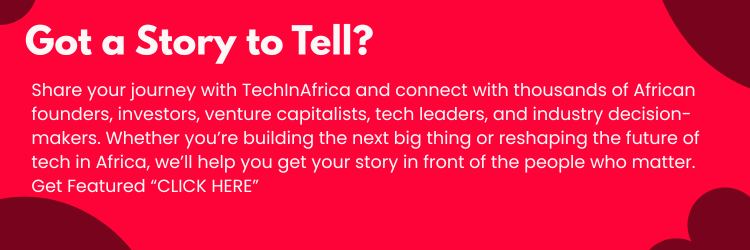Since September 2024, at least four Nigerian commercial banks have transitioned to new core banking applications due to costs and the need for customization driving these technological changes.
The frustrations of the process—millions of customers unable to access banking services—have been documented, yet little has been mentioned regarding the financial costs associated with these changes.
On October 14, Guaranty Trust Bank informed customers that it had finalized its switch to the Finacle core banking platform, following weeks after TechCabal first reported the technology change. According to a source familiar with the matter, this switch could cost the bank up to ₦25 billion ($15.3 million) in annual license fees.
According to the same source, Nigerian commercial banks spend at least $10 million each year on core banking applications, depending on their specifications. This implies that the largest Nigerian commercial banks—
First Bank, UBA, GTBank, Access Bank, and Zenith—will collectively spend $50 million (₦82 billion) annually on these applications.
The costs of these core banking software will represent 1% of the FUGAZ banks’ half-year 2024 revenues. According to their financial statements, the five banks reported ₦8.52 trillion in gross earnings.
With millions of customers to serve across numerous banking channels, investing in technology is essential. According to their capital raise presentations, three of Nigeria’s largest banks will spend up to ₦224.22 billion ($136 million) on technology upgrades.
GTCO, the holding company of Nigeria’s cost-efficiency leader in commercial banking, plans to invest ₦98.5 billion in technology infrastructure upgrades. Access Holdings, the parent company of Nigeria’s largest banks by assets, will allocate ₦68.62 billion for upgrading and developing its technology infrastructure. Meanwhile, Zenith Bank Plc, Nigeria’s largest lender by market capitalization, will spend ₦57 billion on technology infrastructure.
These technology costs encompass core banking applications, customer relationship management (CRM) software, cloud storage, digital banking channels, risk management systems, ATM networks, database management systems, fraud detection systems, electronic document management systems (EDMS), and more.
While tier-1 banks can absorb these costs, tier-2 banks are eager to manage expenses and seek profitable opportunities.
In September 2024, Sterling Bank, a tier-2 Nigerian bank with a market capitalization of ₦115.16 billion, transitioned to SEABaaS, a new custom-built core banking application. The bank aims to recoup some of the development costs by offering SEABaaS to other banks in the near future.
The lender previously utilized T24, developed by Geneva-based Temenos AG. According to two individuals with direct knowledge of the matter, cost considerations prompted the switch. Commercial banks typically depend on various modules of core banking software tailored to their specifications, but these services can be costly. These modules encompass account opening, transaction processing, loan management, and risk assessment.
Switching a core banking application necessitates several months of planning and requires internal approvals from a bank’s top management.
According to one person with direct knowledge of the matter, Sterling Bank initially considered switching from T24 in 2022, and it took at least seven months to develop a new core banking application. GTBank’s transition to Finacle also commenced in the fourth quarter of 2023.
The process entails establishing a change management plan that includes a rollback strategy, conducting a series of tests of the new core banking application in various environments, and navigating the bureaucracy of the bank’s leadership, according to one person familiar with the matter.
You need to obtain approval from all the different heads of the units in the bank before going live with the new core banking application. Sometimes, it even turns into a vote,” that person said.
It also required longer working hours for the technology team. Data migration is the most critical aspect of a core banking application. As one bank engineer noted, “billions of data, including customer and transaction details, are migrated to the new platform, and you can’t afford to mess it up.
The bank cleans and reformats existing data to ensure compatibility with the new system. Given that banks manage large and complex datasets with millions of customers and transactions, this process can take weeks and often leads to extended downtimes, leaving millions of customers unable to access banking services.
Since banks cannot disclose extensive details about their core banking changes, they risk losing customer trust. For now, they will need to do more than simply issuing statements to appease dissatisfied customers.





